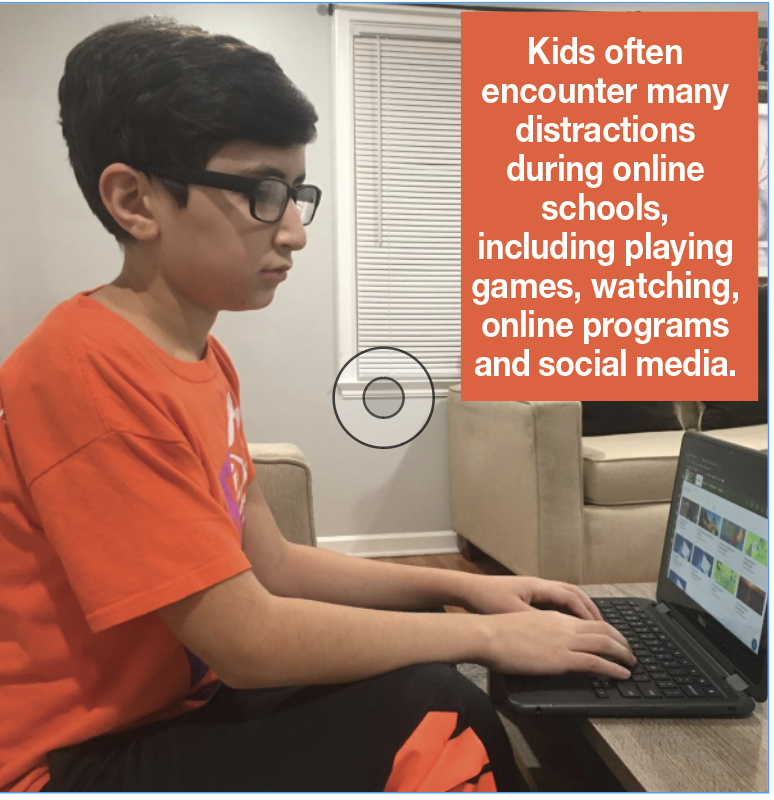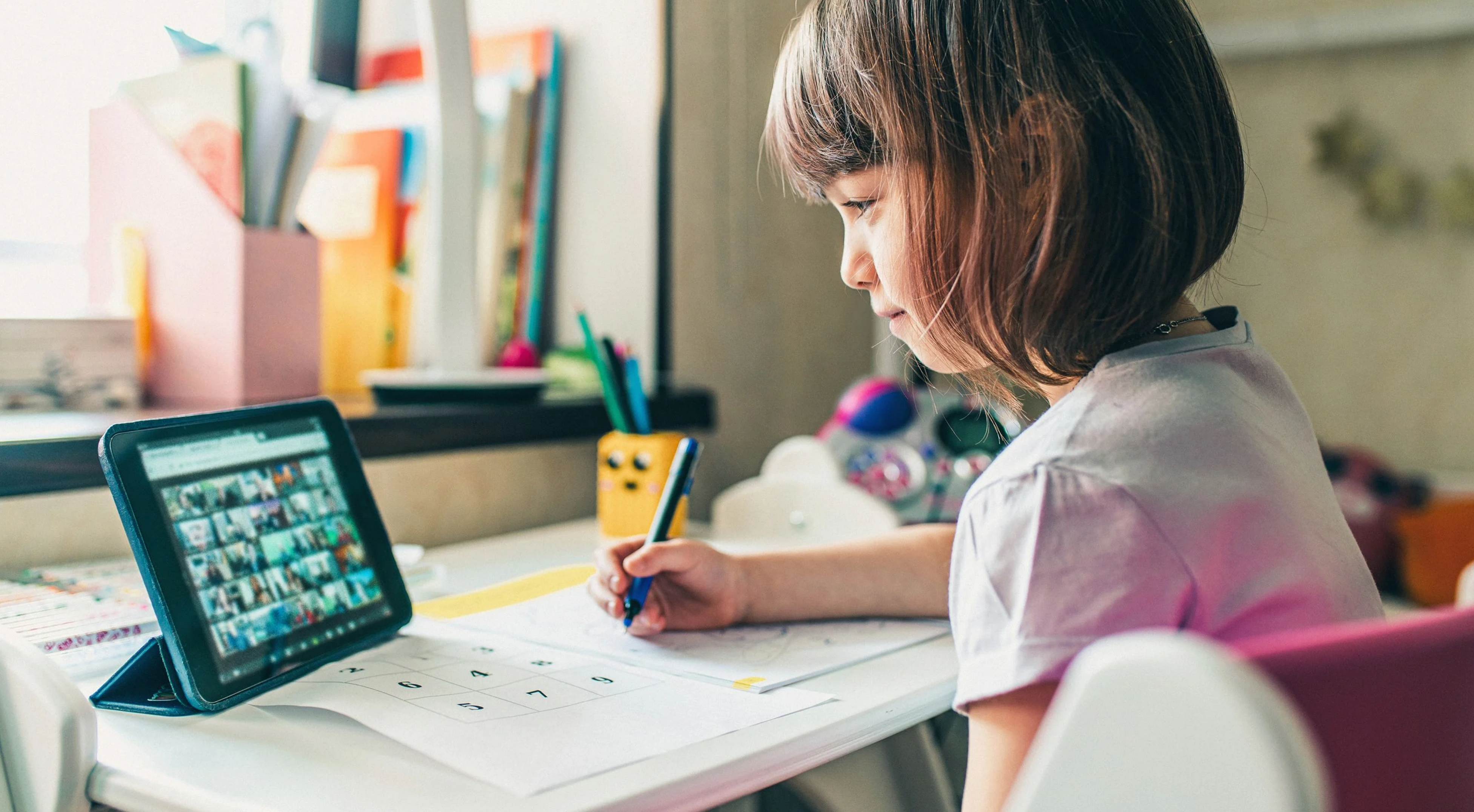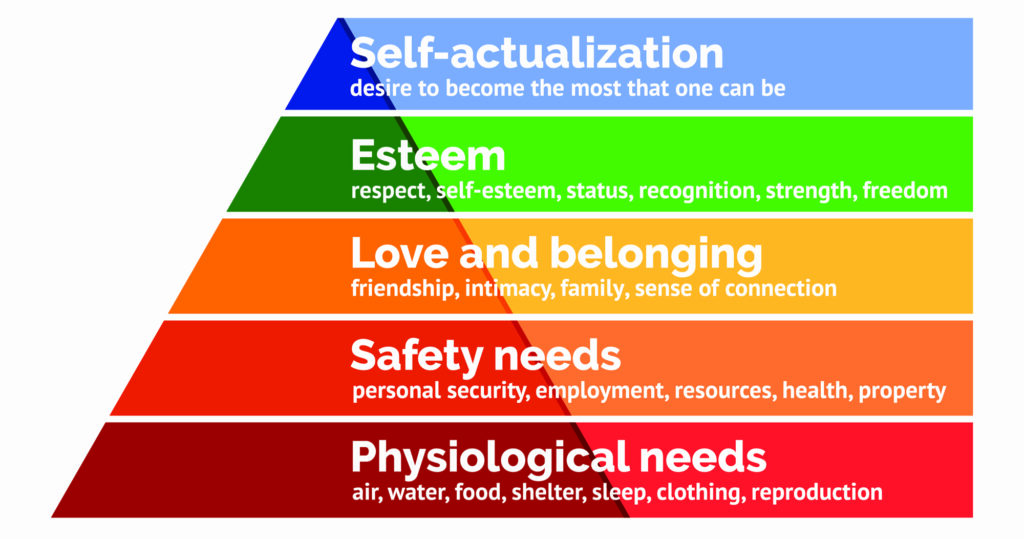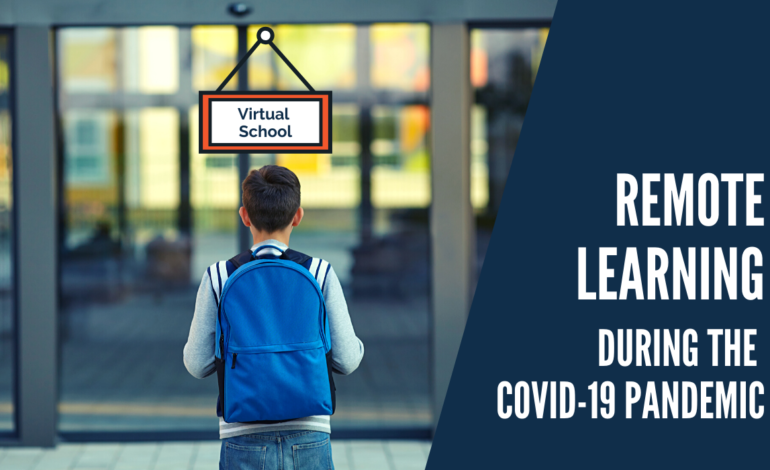The COVID-19 pandemic forced the closure of most U.S. schools in the spring, and the rise of virtual learning changed the institution of education for students, teachers and families.

Ekram Zorkot, paraprofessional and substitute teacher in Wayne County
For its part, online learning has provided an opportunity for many families to physically distance, as it provided means for students to have resources in the pandemic.
“Plan A is known as the traditional schools, where students graduate and pave their ways to a successful life,” said Ekram Zorkot, paraprofessional and substitute teacher from Wayne County. “Plan B, however, is the new plan implemented for the kids’ benefit.”
Since March, numerous public and local charter schools have navigated routes towards ensuring the resources of their students to advance to their next grade level with online learning; preparations included Chromebooks and laptops being provided to students. Many programs were prepared and some are still under innovation. Ultimately, these programs aided in enabling students to become engaged in these applications and to adjust their learning in this remote format.
For the success of the kids’ education, it’s important to note Maslow’s hierarchy of needs and its application to provide parents and teachers the framework that students are less likely to perform their full potential if some basic needs are not met – Ekram Zorkot, paraprofessional and substitute teacher
Families and remote learning
Through a computer screen, students continued with their education remotely and educators guided and conveyed material devotedly. However, beyond learning through a screen and live sessions, was every child at home being monitored through their school work? What is the family’s role in contributing to a child’s virtual learning experience?
“Some parents still work outside the home, or they are working remotely from home,” Zorkot said.
However, other barriers parents/guardians could have faced were the struggle of using technology, speaking English or even the necessary passcodes needed for students’ online learning accounts. Zorkot also emphasized the significant impact of having resources to access the virtual classroom.
Zorkot also highlighted the importance of connoting remote learning as a wise opportunity. She elaborated on parents and guardians having to be more encouraging and proactive towards their children, and to ask questions: “Did you participate? What did you learn today?”

Adam Mortada, 12, seventh grader at Bryant Middle School in Dearborn
Parent-educator relationship and remote learning
Zorkot stated a key component of a child’s academic success is there to be a relationship of collaboration between the parents and the educators; she said it is important for them to have respect, honesty, patience, acknowledgment and understanding towards one another.
Principles she elaborated on for ensuring a positive school structure during remote learning included the goal for teachers and parents to enforce goals in a collaborative way and being patient yet assertive with the children.
She advises teachers and parents to remember that they share responsibilities for virtual learning, but they each have different roles in promoting it for the child’s success: Parents make sure their children are present and paying attention and teachers plan and provide the instruction.
“We have had to rely on parents more since the kids are not in the classroom anymore,” Zorkot said.
For their part, teachers had to adjust their class instruction for the remote format and parents had to contribute more responsibility for their children’s habits and behaviors, often while fulfilling their responsibilities for work.
Parents and teachers, moreover, had to learn transformative ways of collaboration for the sake of children in their shared care. Zorkot added that a strong relationship between the parent and the teacher creates a sense of stability and security for the child, especially during virtual learning.
Teachers had to adjust their class instruction for the remote format and parents had to contribute more responsibility for their children’s habits and behaviors, often while fulfilling their responsibilities for work
Student academics and distractions
Zorkot said there are two choices/pathways for a student to consider in the midst of the COVID-19 pandemic and virtual learning: To pass and succeed onto the next level or to lose the year and repeat the grade level after returning to in-person sessions.
Kids often encounter many distractions during online schools, including playing games, watching, online programs and social media.
“Parents have to emphasize this,” she said. “Parents and students must participate and be committed to the child’s education.”
Beyond that, she pointed out that parents must not be forceful, but they should be encouraging and talk to their children about the benefits and success of advancing to the next level in one’s education and career.
“Let them (children) engage in and love learning,” she added.
She advises parents and guardians to motivate their children to succeed through warmth and positivity and to not use unquestioning obedience or fear.
Being involved in their education, parents can emphasize the importance of integrity to their children, such as not doing the work for them or having a child exhibit signs of failure. 
Virtual learning and Maslow’s hierarchy of needs
Zorkot elaborated on the need to have a set bedtime for children, nutrition, organization of homework and school activities, rest, spending time with family and engaging in activities together, waking up early, eating and preparing for school.
Additionally, for the success of the kids’ education, Zorkot said it’s important to note Maslow’s hierarchy of needs and its application to provide parents and teachers the framework that students are less likely to perform their full potential if some basic needs are not met.
Maslow’s hierarchy of needs includes physiological needs, safety needs, love and belonging, esteem and self-actualization.

Maslow’s hierarchy of needs —Photo courtesy of Simplepsychology.org
Even so, were any students, before the COVID-19 pandemic, entering the classroom without one or more of these needs met? Now, in the virtual classrooms, these considerations are also being noted.
Students are dealing with a variety of social and emotional issues during the pandemic; this can include a lack of basic necessities at home including food or water, a deficit in coping skills, or perhaps lack of access to the Internet.
In this regard and during pandemic learning, there are a plethora of measures that Maslow’s hierarchy encompasses: Student safety and nutrition, feeling loved and missed, coping skills to deal with crisis and emotions, access to instructional material and skills for online/remote learning.
Zorkot explained the role of the family in meeting those needs. She encouraged parents to not yield their attention towards what other families are implementing, but for them to focus on their own realistic path in raising their children.
Respect and having structure at home, she said, are steps and components of meeting Maslow’s needs criteria. Limiting distractions is another factor that teachers and parents take into consideration regarding a child’s virtual learning.
To help children attain their needs of esteem and self-actualization, Zorkot pointed out the need for families to teach their children how to trust their adults and to ask them for help.
“They (children) can learn responsibility and respect through trust,” she said. “They learn these skills at home and enforce them at school and in society.”
In particular, she gave emphasis on children learning the skills that yield strength, maturity, responsibility, honesty and understanding. She said planting the seed of a child’s success begins at home and is elaborated by school and society.






Leave a Reply